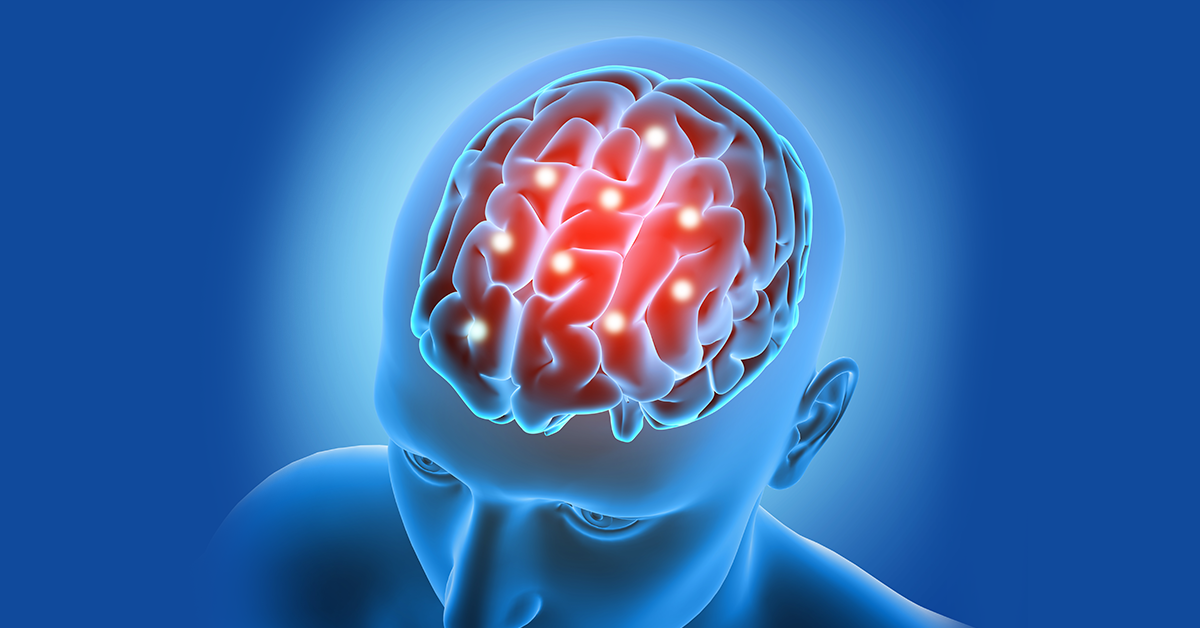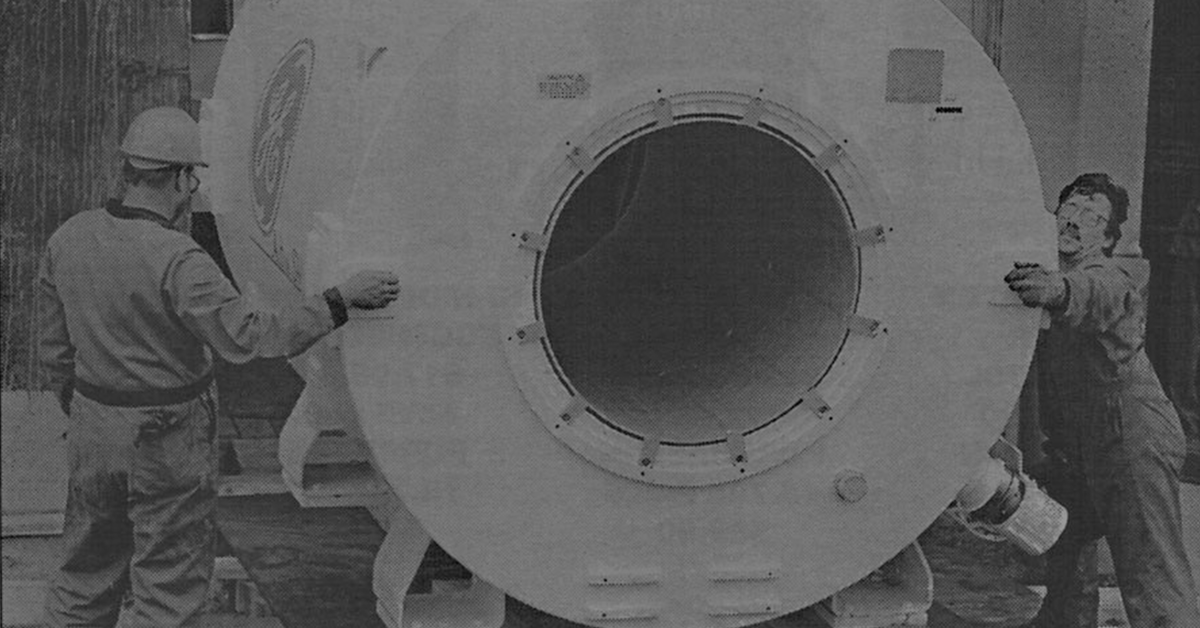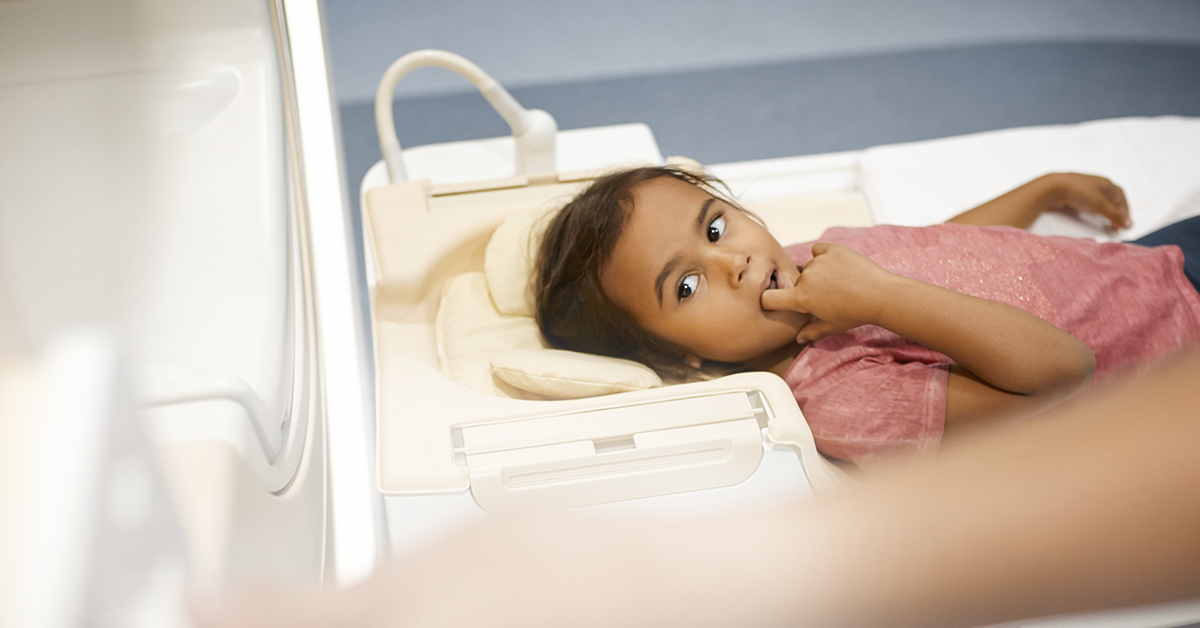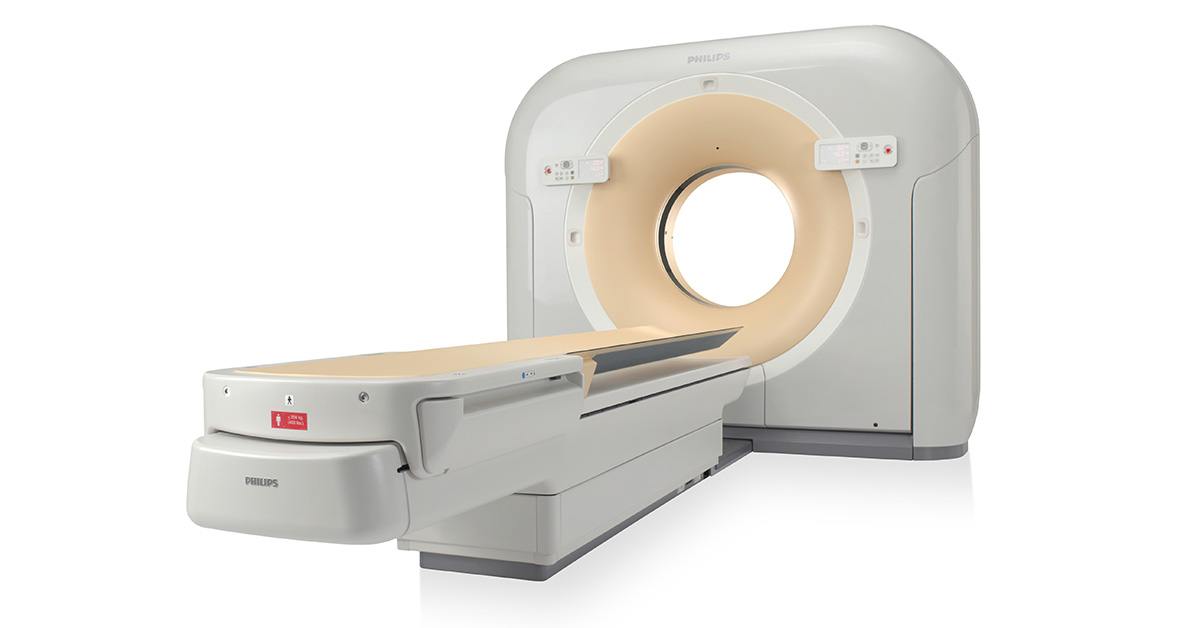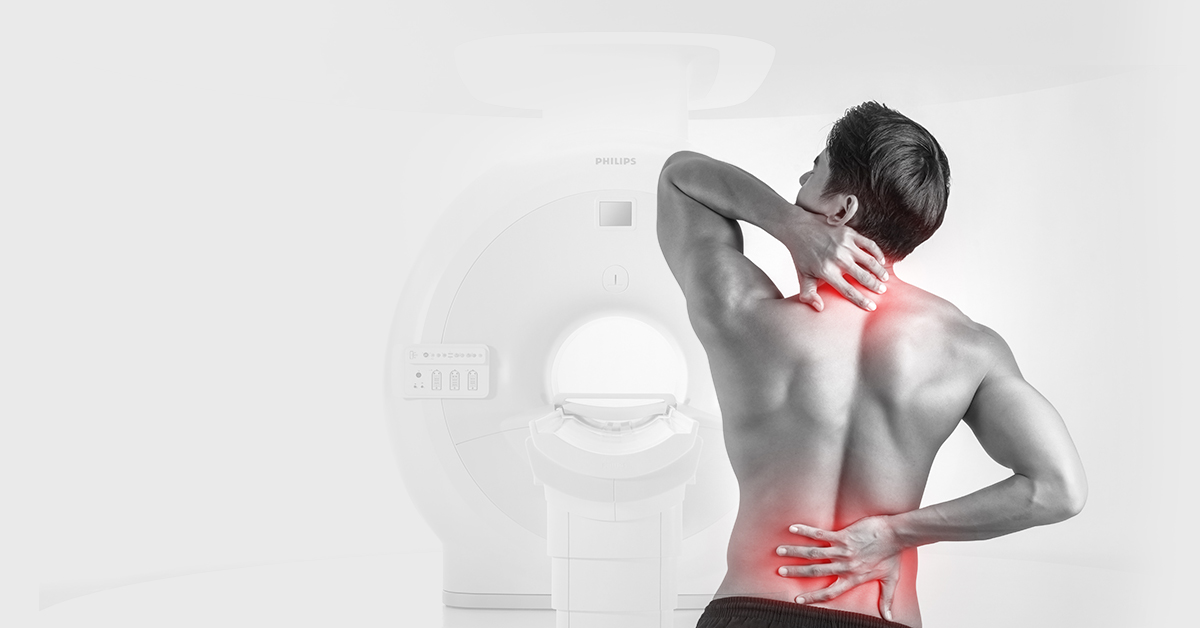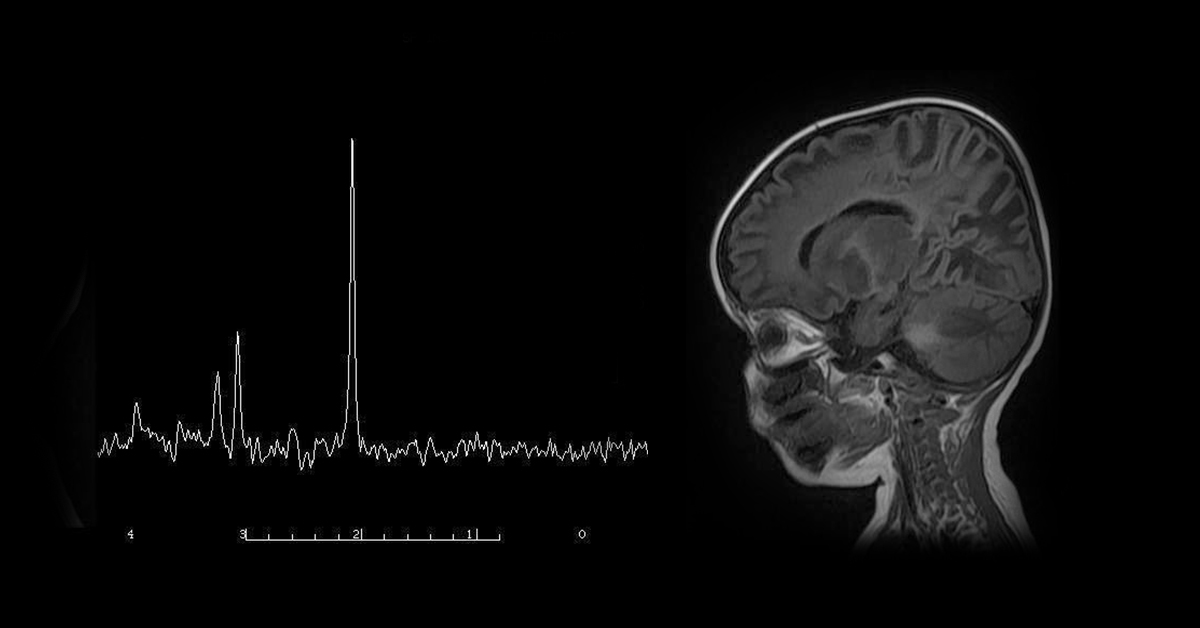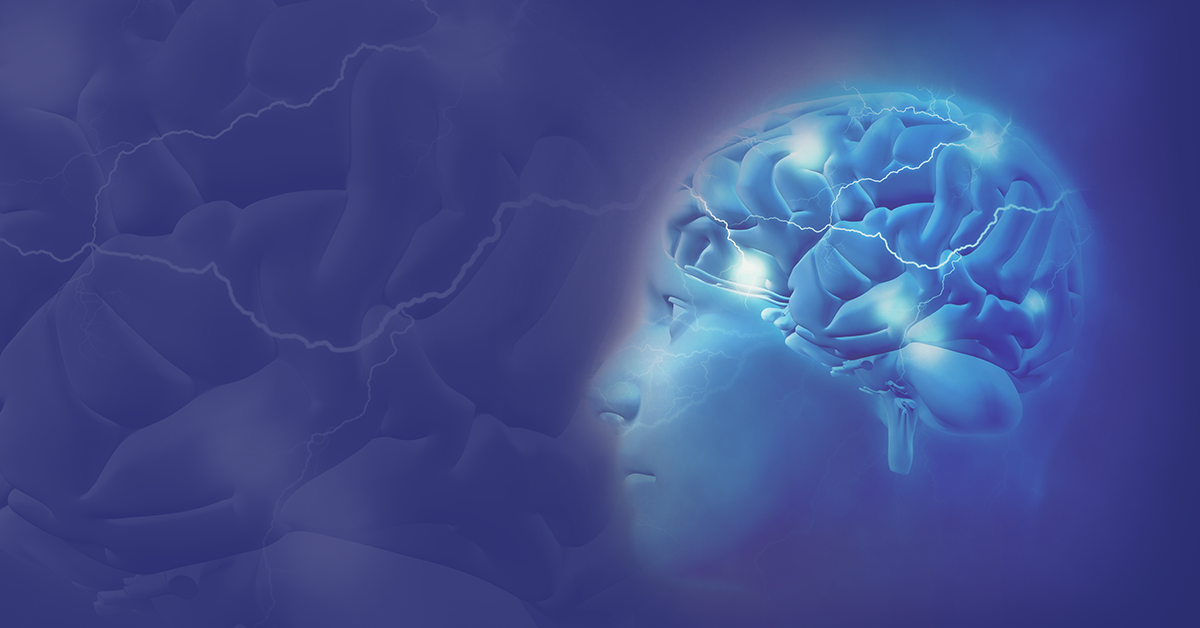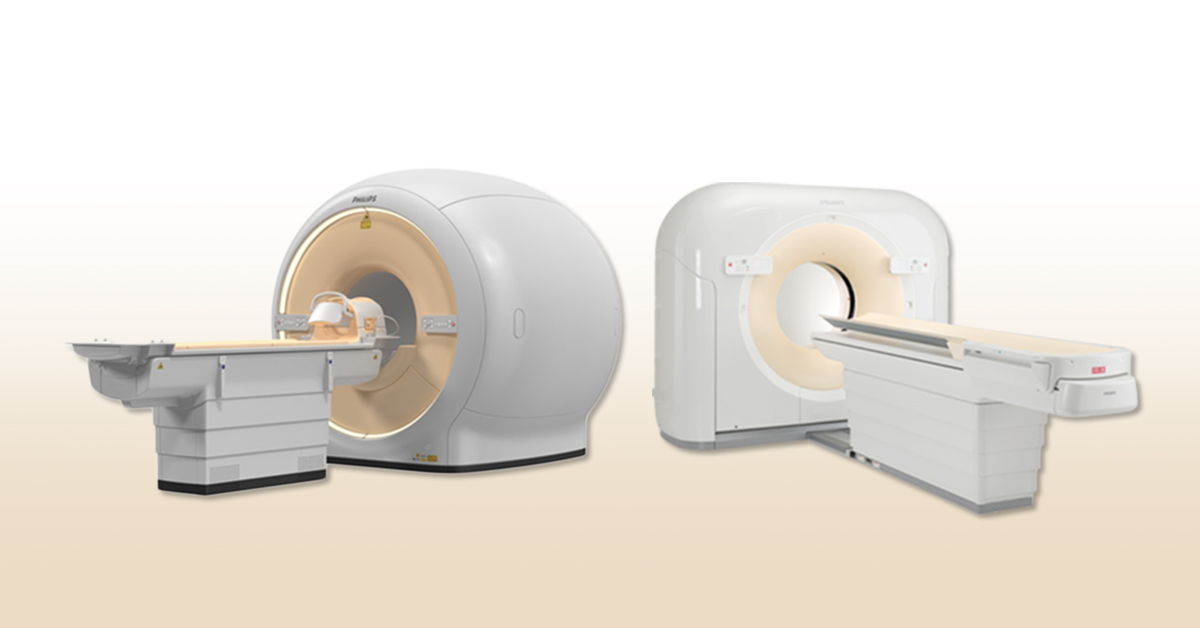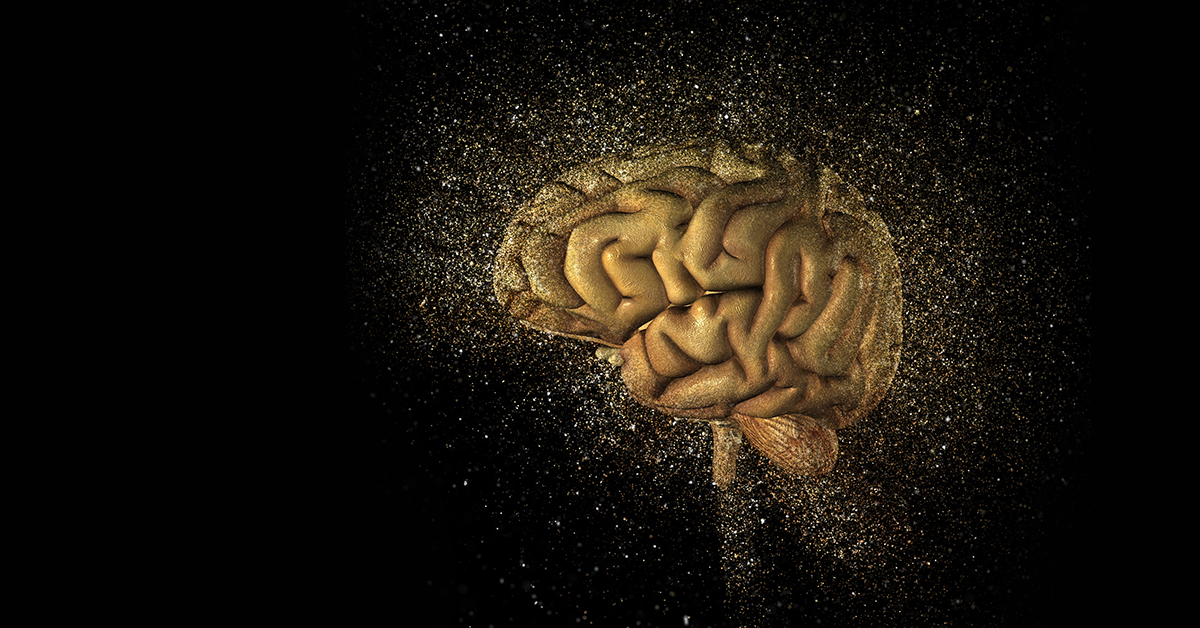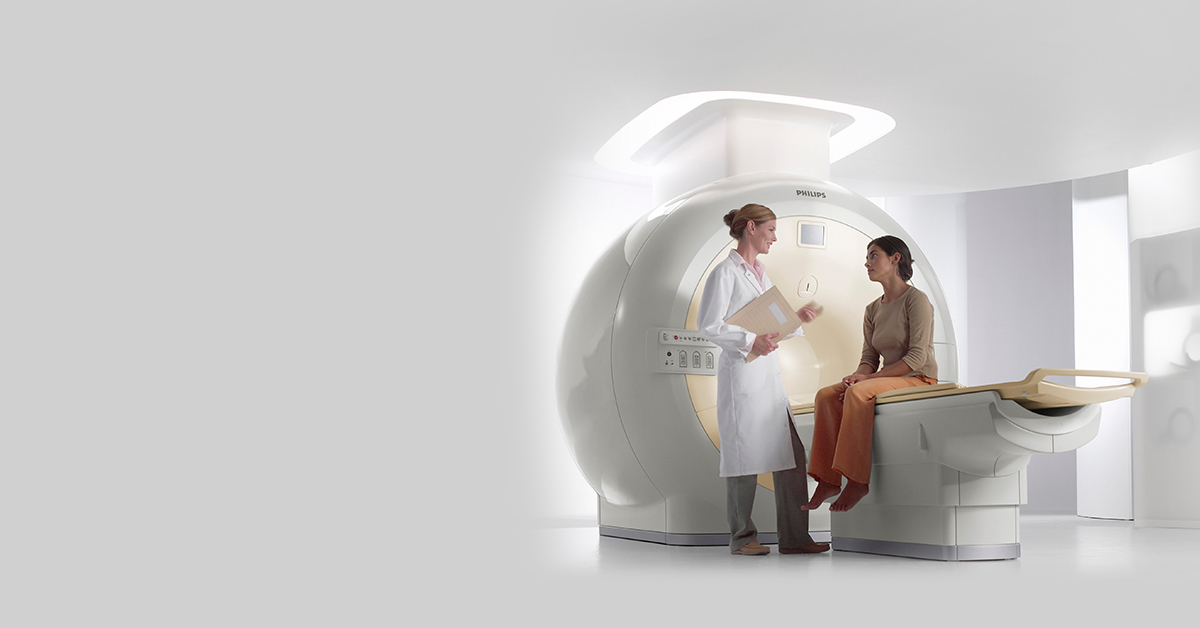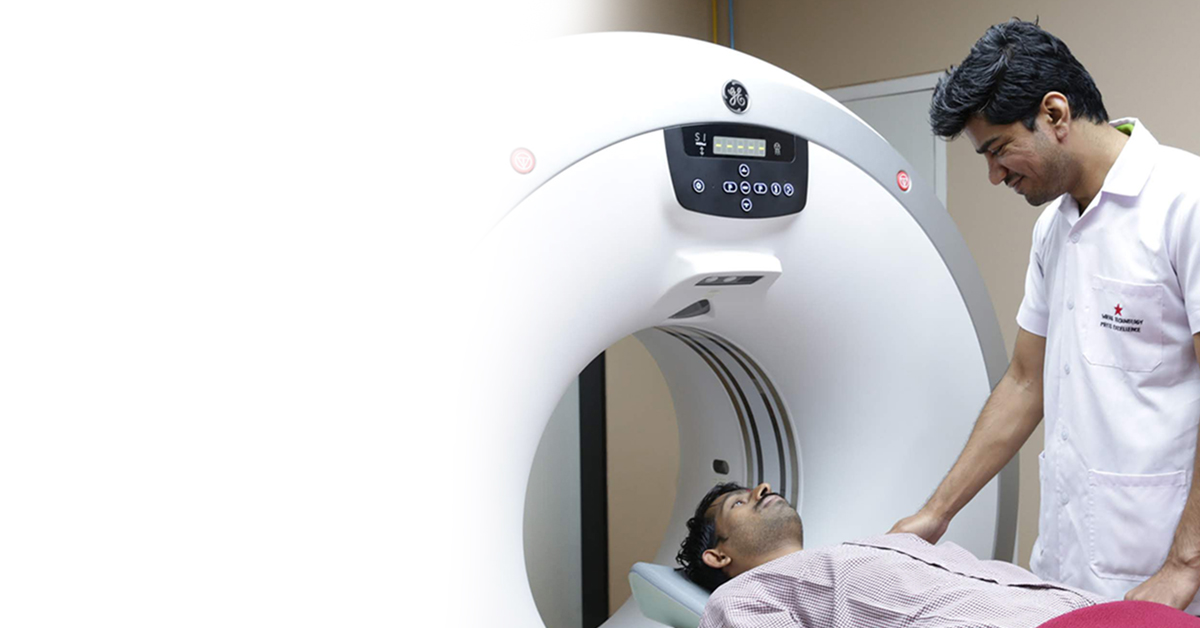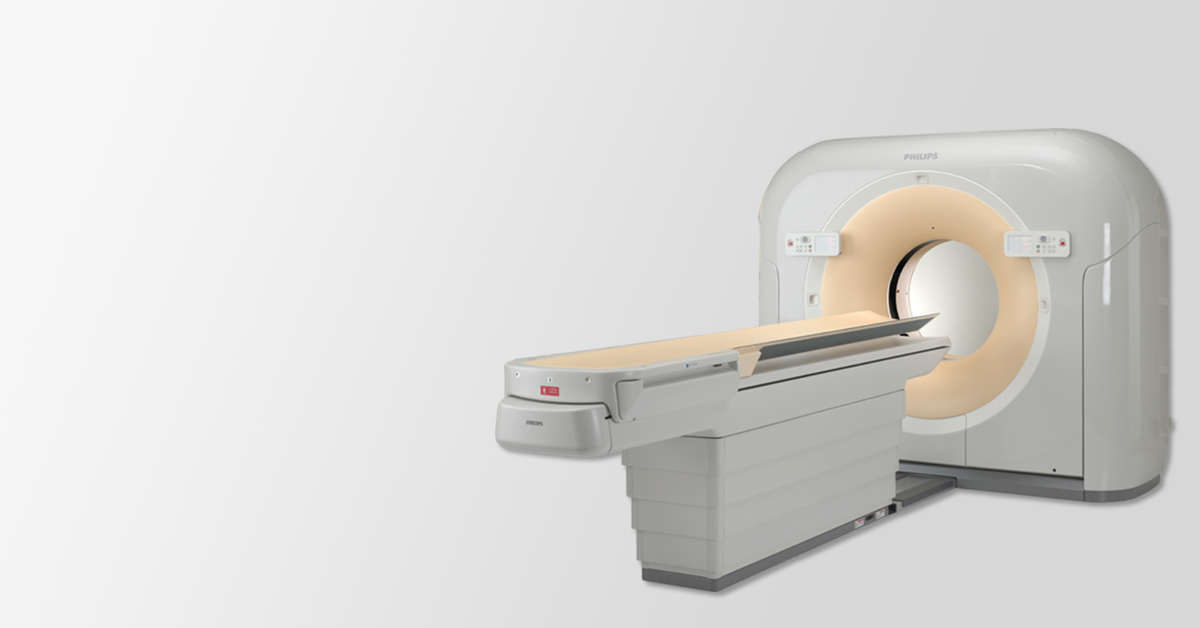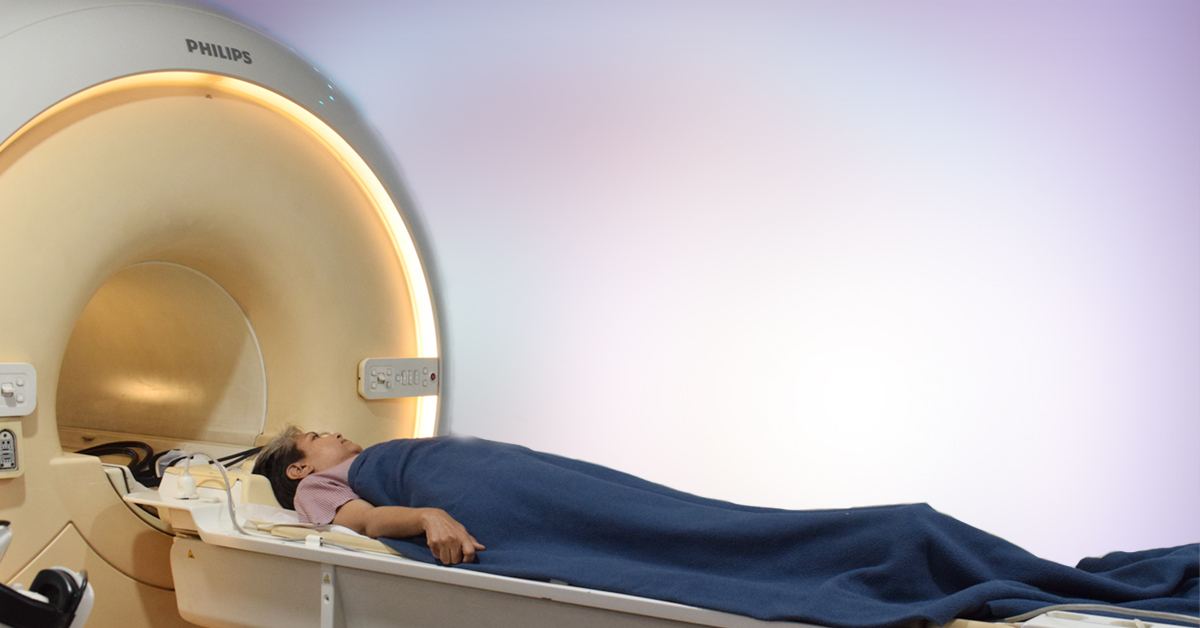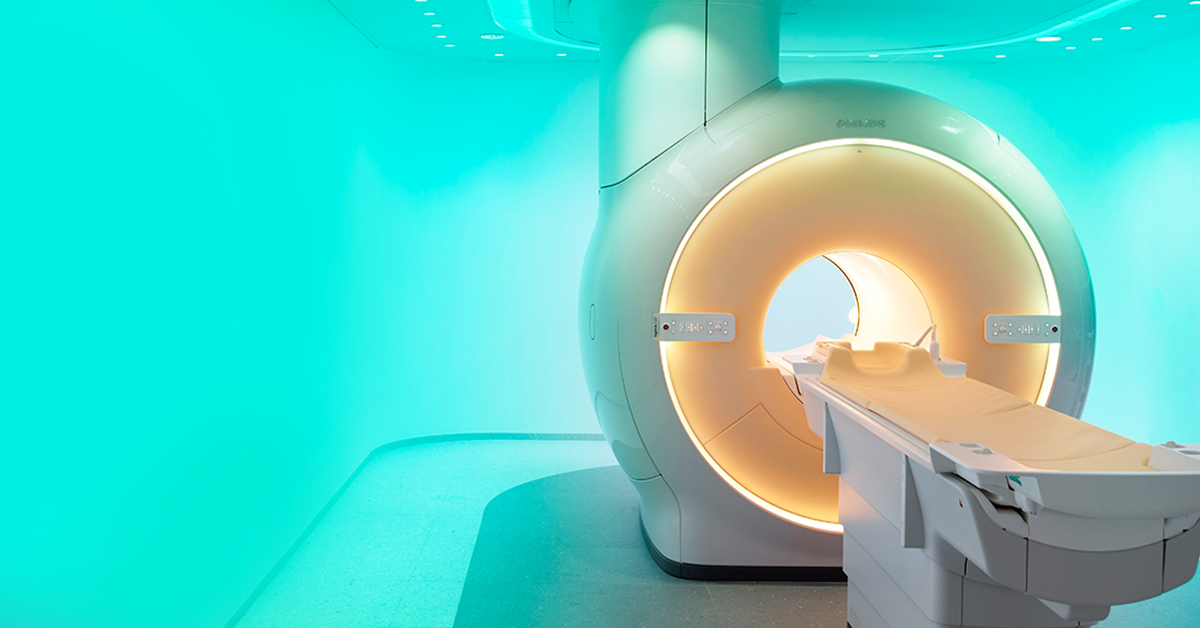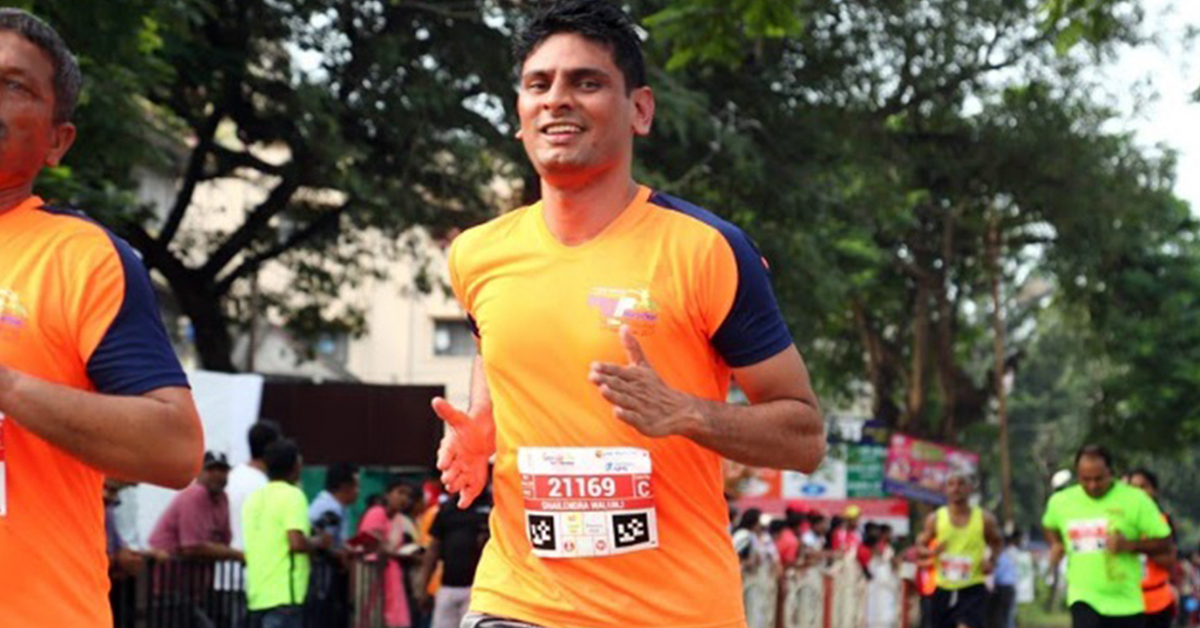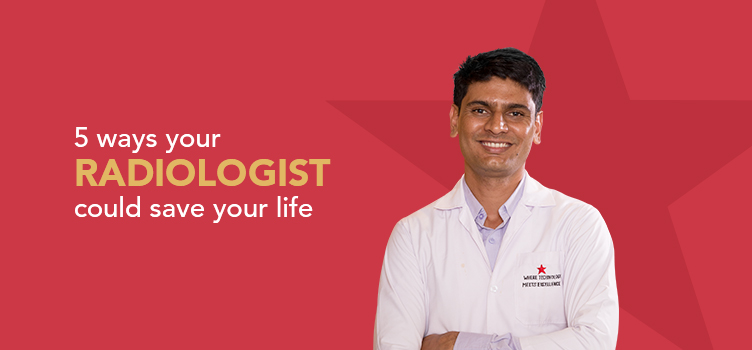
5 ways your radiologist could save your life.
We often think of radiologists as people who just operate the X-ray and scan machines and type up reports. But this doesn’t even come close to what a radiologist actually does.
A radiologist is a medical doctor who has the minimum qualification of an MBBS degree - and this is just for general radiology. If you want to be a super-specialized radiologist, like the radiologists at Star Imaging, you need to be prepared for many more additional years of study.
To find out why it’s important to choose your radiologist with care, we’ve outlined 5 ways in which a (good) radiologist can contribute toward the health and life of their patients.
Here’s how:
1) By being super-specialized
Super-specialized radiologists are the cream of the crop and with good reason too. They are the ones who play a crucial role when it comes to placing stents in the arteries or fixing an aneurysm (a blood vessel in danger of rupturing). A super-specialized radiologist focuses on specific areas of the body, or certain kinds of imaging, such as pediatric imaging. This focused dedication makes them experts in that field, capable of diagnosing problems or performing procedures that many general radiologists cannot – which brings us to the next point.
2) By prescribing the right tests at the right time
No patient walks in directly for an X-ray or MRI – a doctor first advises the patient on which test to get. Sometimes however, the doctor may not be sure about which test to prescribe, just because his experience in this field is limited. For example, a while back, we had a young toddler who was advised to get a normal (3T) MRI scan to check for developmental abnormalities. When our radiologist read up on the case, his vast experience in neuroradiology prompted him to get a special MRI scan done, along with the normal one, at no extra cost. This MRI, called an MR Spectroscopy, eventually helped diagnose a creatinine deficiency in the child. If the toddler had only done a normal (3T) MRI scan, as initially suggested, the doctors would have never zeroed in on the creatinine deficiency.
3) By interpreting the scans correctly
If you’ve ever got an X-ray or any other kind of scan, you’d know that there are two pieces of information you get – one is the scan itself; and the other is a report, prepared by the radiologist, describing what was observed in your scan in medical terms. This second document is crucial because it interprets what the image is showing – a mistake here means you could end up getting the wrong diagnosis! Why? Because doctors often refer to this report (many doctors may not know to actually read the scanned images) - so having an experienced, reliable radiologist interpret your scans is crucial. Think of it like this: When you go on a safari, all you may see are thick bushes, trees and dense foliage. However, if you have an experienced guide with you, he will be able to spot that lurking leopard in the bushes, or tell you which bird has a nest in which tree, simply by observing certain signs that are completely lost on you. In the same way, a super-specialized radiologist can pick up signs and details that otherwise would go unnoticed.
This is even more crucial when the decision of a surgery hangs in the balance – an expert radiologist can determine if the surgery is necessary or not and can help the surgeon prepare for the surgery by providing crucial information on the problem area.
4) By using the right medical terms
In radiology, using the right nomenclature to label findings is key in making the right diagnosis. Experienced radiologists, who regularly participate in medical conferences to update their knowledge, make sure they avoid non-specific reporting. Take this case for instance: Many people suffer from backache and often get back/spine x-rays and MRI scans. However, the same scan can be reported very differently by different radiologists, which could confuse an orthopedic doctor (who is used to standard terminology), leading him to recommend unnecessary treatment or miss a serious condition. To avoid this mix-up, expert radiologists only use unifying, standard terminology; and will also follow up with the referring physician to discuss their findings and possible diagnoses.
5) By seeking and giving second opinions
Lastly, every good radiologist worth their salt will always be open to their patients getting a second opinion; or giving a second opinion on scans done elsewhere. This is because a second opinion can often pick up on additional information that was initially missed out, or suggest another more likely diagnosis, or advise additional scanning to answer specific clinical questions. As a leading second opinion clinic, we have had many cases where our second opinion has made a significant impact on the treatment of patients – second opinions can save lives - good radiologists know this and thus will never underestimate their value.
If you’re picking a scan center, make sure their radiologists possess these 5 attributes – it makes a big difference to your diagnosis!
Star Imaging is a reputed diagnostic centre, with 12 super-specialized radiologists and the world’s most advanced technology, including 3T MRI scanners with ambient experience (with MR Spectroscopy capabilities), 128 slice CT scanners, a 3D digital mammography machine and more. Star Imaging is also Pune’s leading Second Opinion clinic. For more information, feel free to reach out to us on 020 4132 2222 / 4122 2222.
Other Posts

